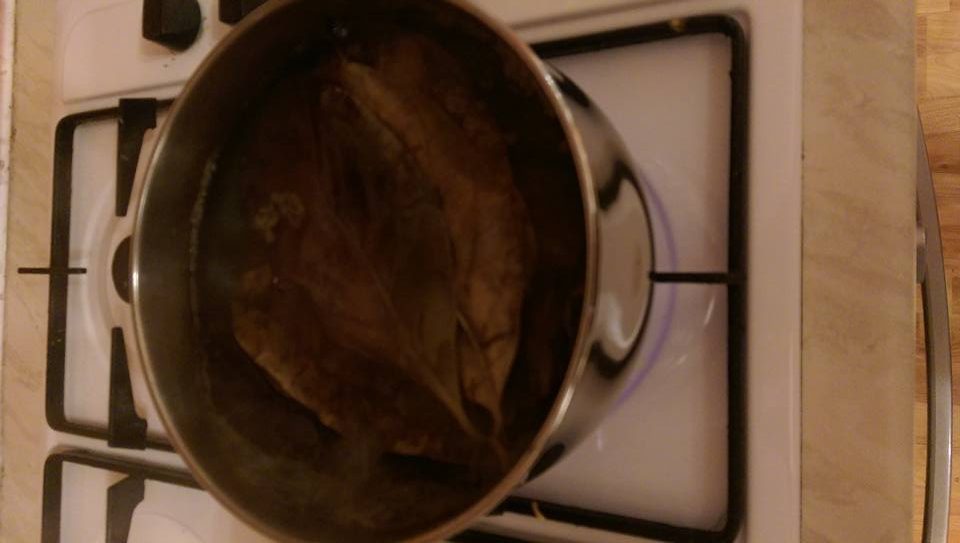Why are leaves, pods and other botanicals important for a biotope aquarium?
When we plan out biotopes we often focus on the plants and inhabitants initially and then substrate and hardscape. Some of the time the substrate and hardscape is substituted for adequate materials based on the looks. As with a lot of our biotopes they are in areas of forests and areas with bushes nearby yet little time is taken on researching and using appropriate leaves, seed pods and other botanicals that are found in these regions.

What types are available?
Depending on where you live, the easiest natural material available is leaves and wood. Providing they are collected wisely and not breaking any local laws this can be a great source of resources. They are also available online as some companies now are doing a select few. It wasn’t until 2016 when the American company Tannin Aquatics launched which opened out the hobby to so many different varieties of leaves as well as the other botanicals.

What is the difference between them?
With regards to the leaves then there isn’t a massive amount of difference other than their looks. Some leaves break down quicker than others and some are preferred when it comes to a food source for shrimp. Pods is a different thing all together simply because there are so many to choose from (over 25 from Tannin Aquatics alone).

Which are suitable for different types of fish?
The botanicals and wood used are suitable for all fish, but their effects on water parameters could make them unsuitable if care isn’t taken. For example, if the water has a lower pH due to the adding of botanicals and wood then this could cause problems for fish that are sensitive to changes in pH. This has been noticed with sensitive shrimp and adding the botanicals too quickly in a small volume of water causing a big swing in water parameters. Once the botanicals are in and doing their thing, providing cover for fry or smaller fish and promoting spawning behaviour of some fish as well. A big favourite is the Savu Pod, usually around 10 to 12 cm long with an opening at one end just big enough for a fish around the size of 3 to 4 cm to fit. This is often the chosen site for Apistogrammas to spawn in.

How do you use them?
As with nearly everything we add to our aquariums we need to prepare them. Whether its wood, pods or leaves there are guidelines that is best practice to follow. Initially making sure they are safe for your aquarium is the first port of call. If you have purchased them from a trusted seller or store then you would assume they are safe to use, however a little bit of research first is always a good way of being sure. The main process is giving the item a clean to get rid of any dirt or dust etc and then to boil or soak the items. This has two benefits, one, to remove any pollution, impurities and pesticides and two, help get the item to sink. After this process is complete then you can add the items in whatever way you see fit. Of course wood is something that you would want to place in certain areas but leaves and pods you might want to ‘go with the flow’ and let it settle where ever it falls. This also adds to that natural feel you might want to aspire to.

What are the properties of using wood and stone in our aquariums?
As the botanicals or wood decompose, they impart a brownish tint to the water, and lower the pH from the release of substances known as tannins. Tannins and humic substances are known to provide health benefits for a wide array of fishes, and may be of fundamental importance to their health and longevity. When it comes to using rock or stone in the aquarium it can go one of two ways. If the rock or stone is inert then it will have no effect on the water parameters, otherwise it can raise pH as it acts as a buffer.

